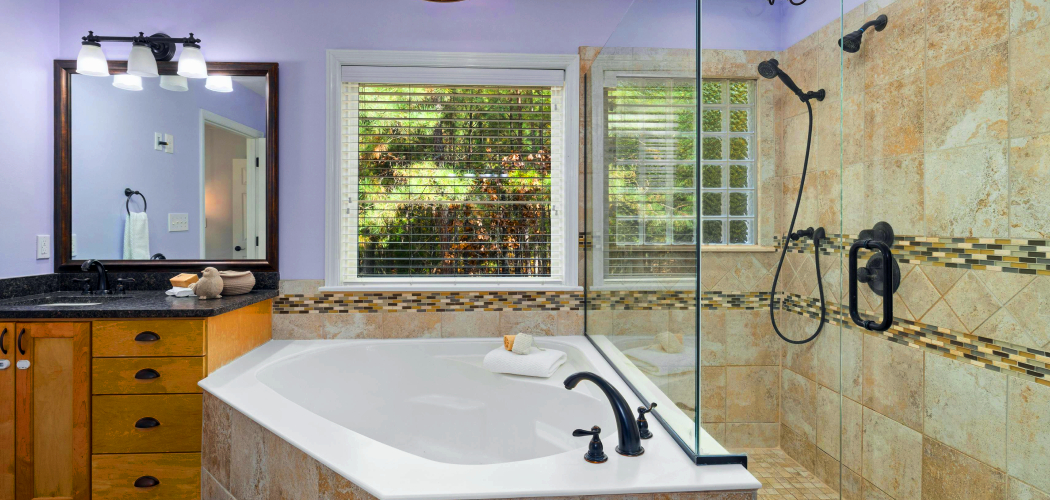Owning a Jacuzzi tub is an excellent way to relax and unwind, but knowing how to properly turn it off is just as important as enjoying its soothing features. Properly shutting down your Jacuzzi tub ensures its longevity, prevents potential malfunctions, and reduces energy consumption. This guide explores the key aspects of how to turn off a jacuzzi tub. Whether you’re turning it off after a single use or preparing it for an extended period of inactivity, following the correct steps is key to maintaining its optimal performance.
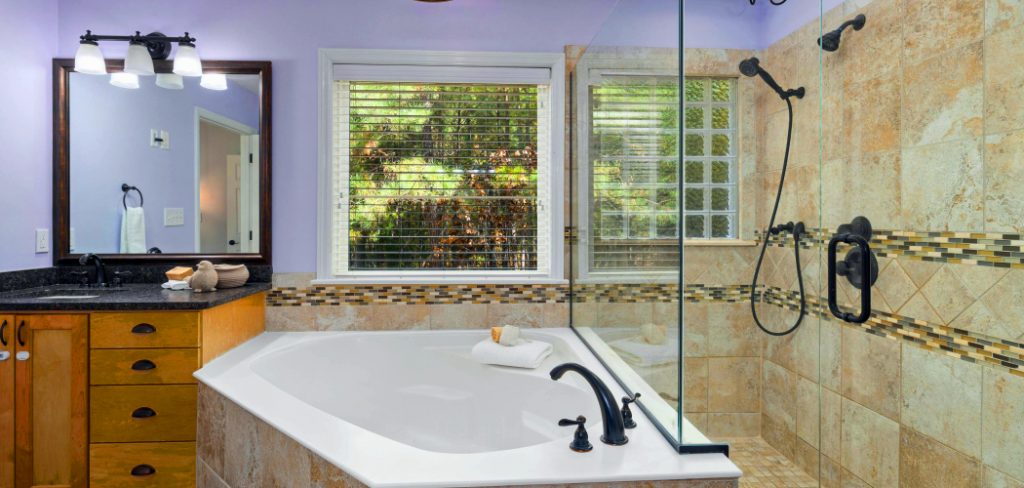
Types of Jacuzzi Tubs
Jacuzzi tubs come in a variety of types to suit different preferences, spaces, and needs. Some of the most common types include:
Built-In Jacuzzi Tubs
These are permanent fixtures installed in bathrooms or outdoor spaces, often designed with a specific aesthetic to blend seamlessly into the surroundings. Built-in tubs typically offer more advanced features, such as integrated heaters, multiple jets, and customized seating.
Freestanding Jacuzzi Tubs
Freestanding tubs are versatile and can be placed in various locations without the need for permanent installation. They are a great choice for those seeking flexibility and style, offering a range of designs to complement any décor.
Corner Jacuzzi Tubs
Designed to fit snugly into the corner of a bathroom, these tubs maximize space while still providing the luxurious jet-powered experience. Corner tubs often feature seating for two, making them ideal for couples or compact spaces.
Outdoor Jacuzzi Tubs
Perfect for patios, decks, or backyard areas, outdoor Jacuzzi tubs are larger and more robust, often resembling small hot tubs. They are built to withstand outdoor conditions and frequently include features like weather-resistant materials and enhanced heating systems.
10 Methods How to Turn off a Jacuzzi Tub
1. Using the Main Control Panel
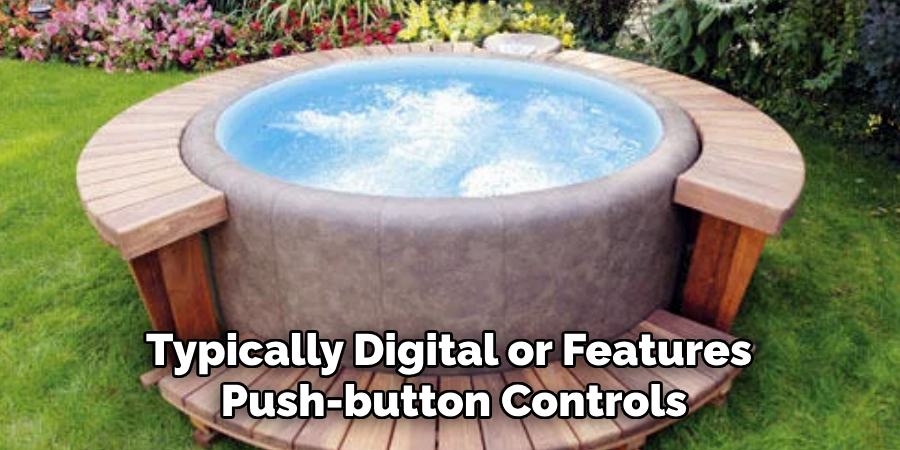
Most modern Jacuzzi tubs come with a dedicated control panel that allows users to turn the system on and off. The control panel is typically digital or features push-button controls. To turn off the Jacuzzi, locate the power or “off” button on the panel. Press and hold the button until the system shuts down completely. Some advanced models might have a touchscreen interface where you can navigate through settings to turn off the jets, heater, and lighting individually. If the tub does not turn off immediately, ensure that the delay timer is not activated, as some systems continue to run for a few minutes to drain residual water from the jets.
2. Turning Off the Air and Water Jets Separately
If your Jacuzzi tub has separate controls for air and water jets, turning them off manually can be an option. Start by pressing the button or turning the dial that controls the air jets, usually labeled as “Air,” “Bubbles,” or “Blower.” Once the air jets are off, locate the button or knob for the water jets, typically labeled as “Jets” or “Water Flow,” and turn them off as well. Some systems automatically deactivate after a set period, but manually shutting them down ensures no residual energy consumption.
3. Using a Remote Control (If Available)
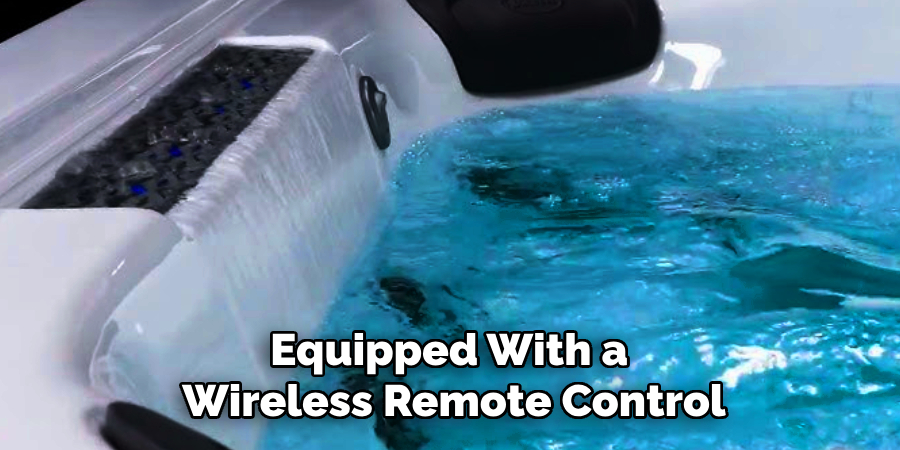
Certain high-end Jacuzzi tubs come equipped with a wireless remote control, allowing users to manage various functions, including shutting down the system. If your tub has a remote, locate the power button and press it to turn off the system. If the remote is unresponsive, ensure that it has working batteries or is within range. Some remotes require pairing with the tub’s control panel, so checking the manufacturer’s instructions can be helpful if the remote fails to work.
4. Disconnecting the Power Supply at the Circuit Breaker
For situations where the Jacuzzi tub’s control panel is unresponsive or malfunctioning, turning off the power supply at the circuit breaker is an effective method. Locate your home’s electrical panel, find the breaker switch labeled for the Jacuzzi tub, and flip it to the “off” position. This method is particularly useful in emergencies or when performing maintenance. If you frequently experience issues with the control panel not shutting off the tub, it may indicate a wiring or electronic component problem that requires professional inspection.
5. Using the Emergency Shut-Off Switch
Some Jacuzzi tubs are installed with an emergency shut-off switch, typically placed within a few feet of the tub for safety reasons. This switch is designed for quick power disconnection in case of electrical issues or overflows. To use this method, simply press or toggle the emergency switch to the “off” position. If the switch does not immediately stop the Jacuzzi, there may be a delay function, or the system could be programmed for gradual shutdown to prevent damage.
6. Engaging the Timer Function (If Applicable)
Certain Jacuzzi models come equipped with a built-in timer that allows users to set automatic shut-off periods. If you prefer a scheduled approach, check the timer settings on the control panel and adjust it accordingly. Some tubs have pre-set timers that automatically shut down the jets after 15 to 30 minutes of use. If the tub does not turn off immediately, wait for the timer to complete its cycle. Resetting the timer to a shorter duration before use can also help prevent prolonged operation.
7. Unplugging the Jacuzzi Tub (For Plug-In Models)
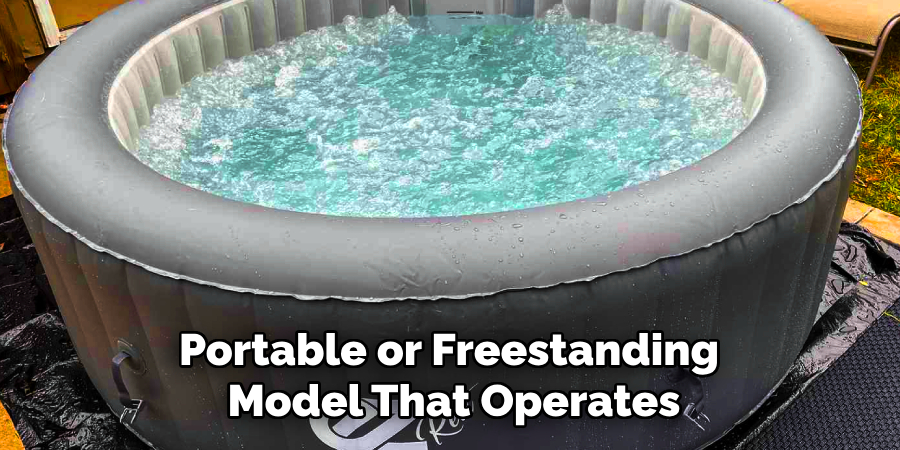
If your Jacuzzi tub is a portable or freestanding model that operates with a standard electrical plug, unplugging it from the outlet is a simple way to shut it down. This method is particularly useful if the control panel or buttons are malfunctioning. However, before unplugging, ensure that the tub is not in active use and that water levels are stable. Unplugging the system while jets are running can cause sudden pressure changes, which may not be ideal for the pump system.
8. Draining the Water Completely
For Jacuzzi tubs that operate with a pressure sensor or water-level detection system, draining the water can automatically turn off the system. Some models have safety features that prevent operation without adequate water levels. To drain the tub, locate the drain plug or use the built-in drain function if available. Once the water level is below the required threshold, the system should shut down. This method is particularly useful if you plan to clean or store the tub for an extended period.
9. Activating the Power Saver or Standby Mode
Modern Jacuzzi tubs often have energy-saving features, such as power saver or standby modes, which reduce energy consumption and prevent unnecessary operation. If your tub has this function, activate it through the control panel to turn off unnecessary components while keeping essential systems on standby. Some tubs will automatically enter standby mode after a period of inactivity, so checking your user manual can help determine how this feature operates on your specific model.
10. Consulting the User Manual for Model-Specific Instructions

Each Jacuzzi tub model may have unique shut-off procedures, and consulting the user manual is the best way to ensure proper operation. If none of the above methods work or if your tub behaves differently than expected, referring to the manufacturer’s guidelines can help. Many manuals include troubleshooting sections that outline steps to turn off the tub under different conditions, including system malfunctions or emergency shutdown procedures.
Maintenance and Upkeep
Regular maintenance and upkeep of your Jacuzzi tub are essential to ensure its longevity and optimal performance. Here are some key tips to keep your tub in excellent condition:
1. Cleaning the Tub Surface
To prevent buildup of dirt, soap scum, and oils, clean the tub’s surface regularly using a non-abrasive cleaner or a mixture of mild soap and warm water. Avoid harsh chemicals that may damage the finish. Rinse thoroughly and dry with a soft cloth to maintain its shine.
2. Flushing the Jet System
Over time, the jet system can accumulate residue from bath products, oils, and hard water minerals. To flush the jets, fill the tub with warm water just above the jets’ height, add a cup of white vinegar or a Jacuzzi-approved cleaning solution, and run the jets for 10-15 minutes. Drain the water and rinse the tub thoroughly.
3. Checking and Cleaning the Filters
For Jacuzzi tubs equipped with filters, inspect and clean them at least once a month. Remove the filters according to the manufacturer’s instructions, rinse them with clean water, and allow them to air dry before reinstalling. Replace filters when they show signs of wear or clogging.
Conclusion
Turning off a Jacuzzi tub can be straightforward if you know the appropriate method for your specific model. Whether using the control panel, remote control, circuit breaker, or a built-in safety feature, properly shutting down your Jacuzzi ensures safe operation and extends the lifespan of its components. If you encounter persistent issues with turning off your Jacuzzi, seeking professional assistance may be necessary to diagnose underlying problems. Thanks for reading, and we hope this has given you some inspiration on how to turn off a jacuzzi tub!
You Can Also Check It Out To Install Elkay Sink Mounting Clips

